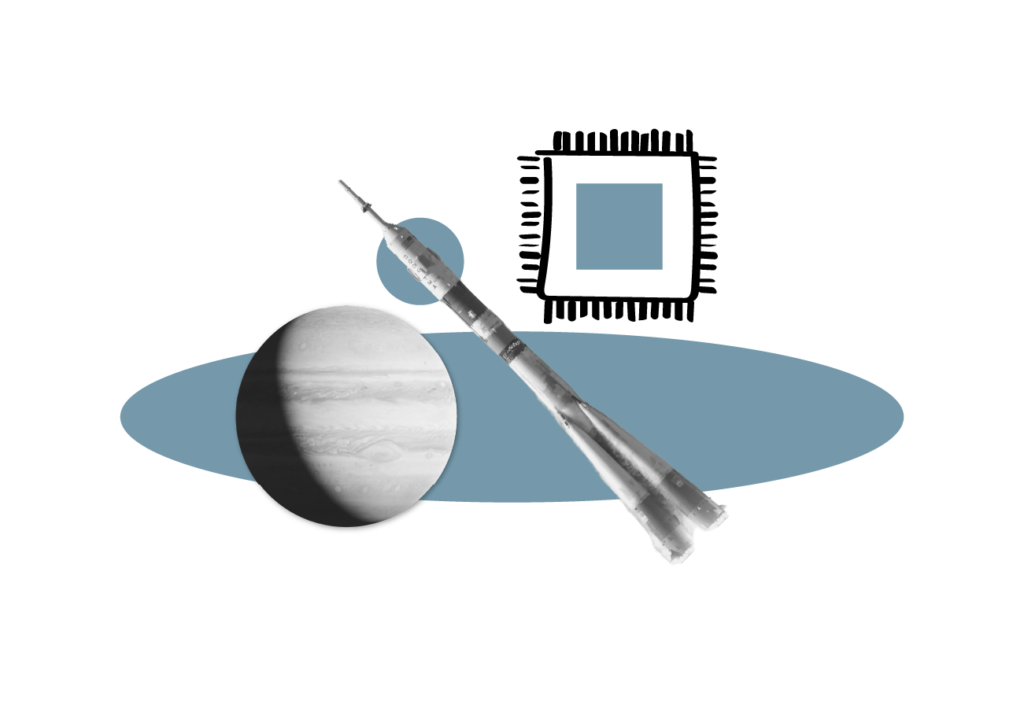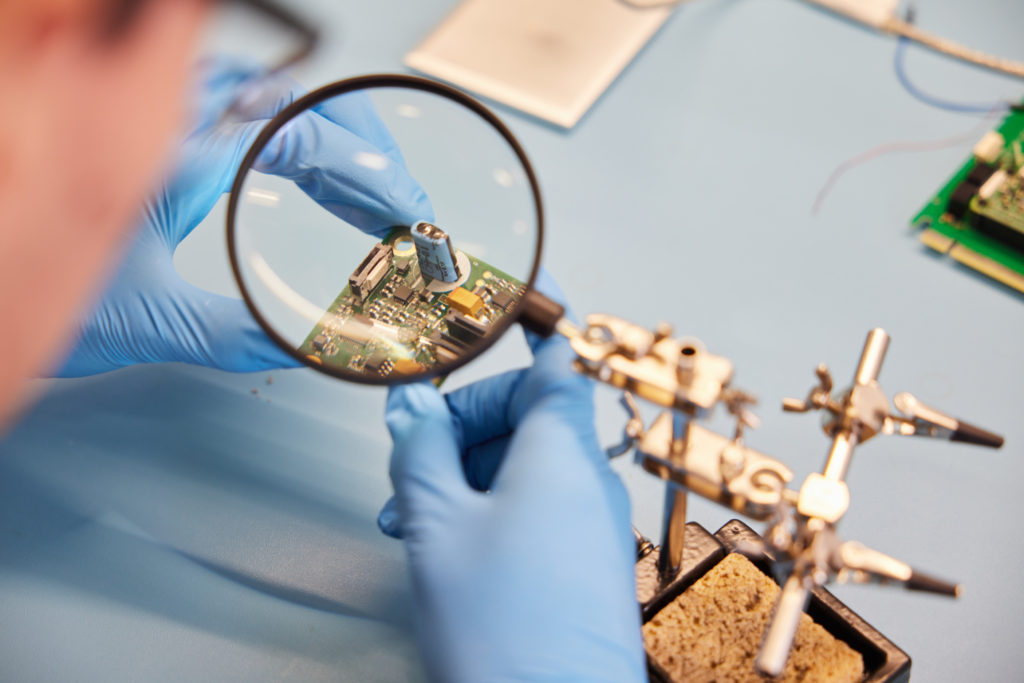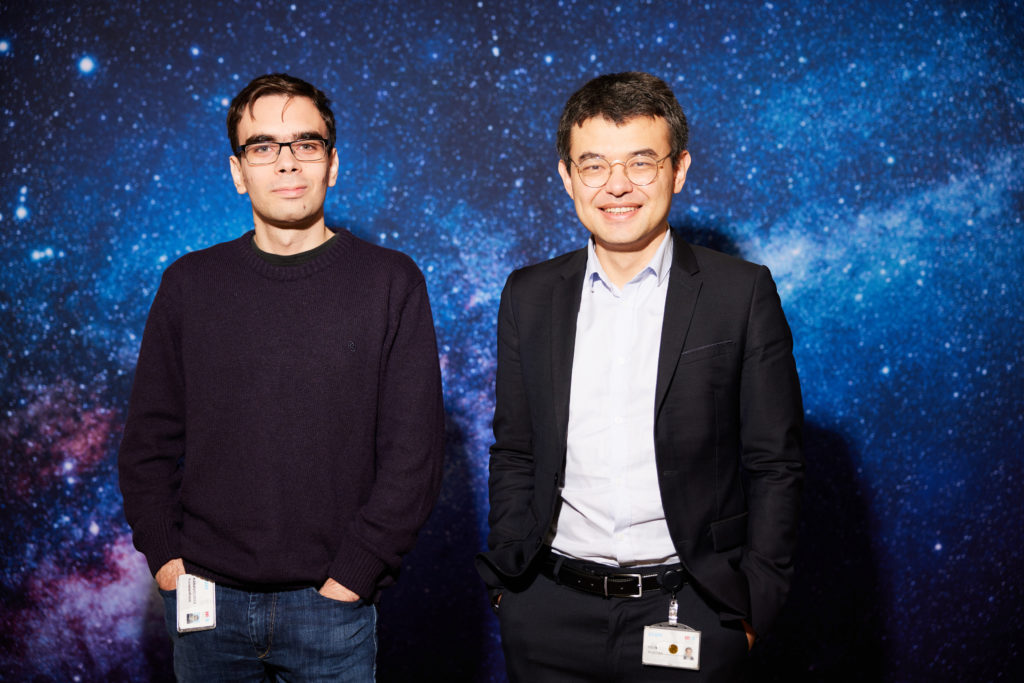Space Systems

In the late nineties, Bob Twiggs – then a professor at Stanford University – walked into a toy store and came out with an idea that would later catalyse the shift of the space industry for decades to come. He wanted to think of a way that could enable his engineering students to obtain experience in building and launching satellites, something that at the time was unheard of. Dominated by government agencies, at this time building satellites was expensive business, and the barrier to entry was simply too high.
On that day, he found a four-inch plastic tube designed to showcase Beanie Babies – a nostalgic and major collectible for so many during the nineties. Thoughts flowed on how something like this could be launched, and how many solar cells it could house. And, collaborating with researchers from California Polytechnic State University where he was a visiting professor, together with the students they designed what’s now known as a CubeSat.

CubeSats enabled even start-ups to join the industry, and as a result, the state of the art in space technologies is continuing to evolve exceptionally fast. Fast forward to today, and satellites have reduced in size even further. Now, payloads of small chipboards can be hosted by larger satellites put together by many companies and institutions. They enable individual technological instruments to essentially hitch a ride into orbit, and collect data without needing to be a standalone unit – bringing the barrier to entry lower and more accessible than ever before.
“We wanted to build something miniaturised, and so came up with three satellites housed on a chipboard measuring five centimetres on each side.”
Prof. Andreas Hein, SnT Tweet

At the University of Luxembourg’s Interdisciplinary Centre for Security, Reliability and Trust (SnT), researchers have worked together to build a payload that will be launched into space in 2023 on board the Triton-X mission. “The idea was to develop something within our team that would require us to work quickly in the experience of designing, manufacturing, testing and operating a spacecraft,” explained Prof. Andreas Hein, head of the Space Systems Engineering (SpaSys) research group at SnT. “We wanted to build something miniaturised, and so came up with three satellites housed on a chipboard measuring five centimetres on each side,” he continued. These three satellites are attosats – a variety of satellite weighing just 1-10g – and have the potential to enable unprecedented low costs, in addition to agile development and the ability to perform swarm missions. These would allow distributed spacecraft to work together, for example, in planetary observation.
The attosats that the researchers installed on the chipboard are designed to obtain telemetry data, with the third being a gyroscope. And since traditionally, most of the power in small satellites is consumed by radio signals, these attosats will use LED-based optical communications to send their data – something which to date has not yet been deployed into space. One of the satellites will even be the smallest to ever be launched.
“Up in the air, telemetry data is our only insight into the health of satellites.”
Prof. Andreas Hein, SnT Tweet

“Up in the air, telemetry data is our only insight into the health of satellites,” Prof. Hein explained. Put simply, the satellites can measure temperature, light, and attitude, which will be put to the test in observing satellites. The mission represents a prototype, and will be a pioneer in its field through incorporating distributed systems within the payload, and leveraging LED-based communication. Testing the low-power consumption, as well as the robustness and reliability associated with distributed satellite systems, will allow the researchers to assess the data collection and further develop the network capabilities for planetary observation and data transmission across a larger number of satellites. These are envisioned to include a larger number of satellites, capable of collecting different types of atmospheric data, and improvements to the communication feedback.